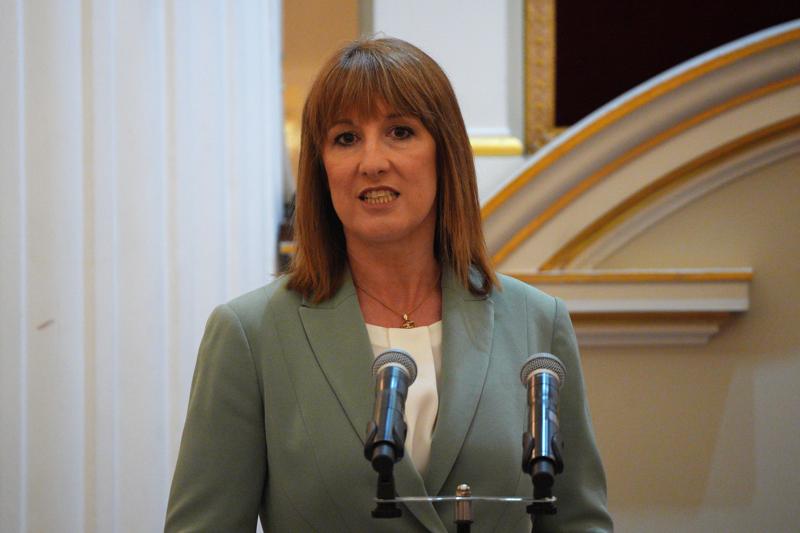In addition to your car’s manufacturer and your mobile phone provider, your insurance company could be spying on you.
Thanks to language they have baked into their contracts, they have a right to view and/or inspect the property that they are insuring.
Traditionally, the insurance company sent a designated individual to your home to inspect the property in person. But during the height of the COVID-19 pandemic, some were performing virtual inspections. As technology has created more options, some insurers moved to using aerial imaging, using drones, high-altitude balloons or satellites to capture images of the homes they insure on a regular basis.
Flyby photos
Nearly every building in the country is being photographed, often without the owner’s knowledge, the WSJ reported on Saturday. The industry-funded Geospatial Insurance Consortium has an airplane imagery program it says covers 99% of the US population.
The array of photos is being sorted by computer models to unearth such underwriting no-nos as damaged roof shingles, yard debris, overhanging tree branches and undeclared swimming pools or trampolines. The flagged images are providing insurers with ammunition for non-renewal notices nationwide. Plus, if they inspect your house from above, you don’t get tipped off first, as you would with an in-person visit.
“We’ve seen a dramatic increase across the country in reports from consumers who’ve been dropped by their insurers on the basis of an aerial image,” said Amy Bach, executive director of consumer group United Policyholders.
The evolving, sophisticated use of aerial photos comes as home insurers nationwide scramble to de-risk their property portfolios in an environment of increasing weather-related events, dropping less-than-perfect homes in an effort to recover from big underwriting losses.
Consumers v insurance companies
The industry’s enthusiastic embrace of digital surveillance is sounding alarm bells among consumer advocates who worry whether customers can easily challenge images that might be out of date or inaccurate.
The WSJ article featured stories told by insurance customers in which they could not see the photos on which these determinations had been based to refute them, plus it noted the accounts of former insurance professionals who were dismayed at the practice carried out by their former businesses.
“We’ve seen a dramatic increase across the country in reports from consumers who’ve been dropped by their insurers on the basis of an aerial image.”
Amy Bach, executive director of consumer group United Policyholders
The images facilitating non-renewals aren’t always up to date or accurately interpreted by insurers, according to customers, industry insiders and consumer advocates.
“The technology is way ahead of any consumer protections,” said Douglas Heller, director of insurance at the Consumer Federation of America.
Many people would likely object to having their homes and yards watched from above if given a choice, he said, citing customers’ relatively slow uptake of discounts for letting auto insurers track their driving.
Insurers say that customers agree to home inspections when they buy a policy and that photographing properties from the sky is less intrusive than the home visits used in the past. They say deploying fleets of surveillance planes lets them respond more quickly to disasters and charge rates that better reflect a property’s risk.
“If your roof is 20 years old and one hailstorm is going to take it off, you should pay more than somebody with a brand new roof,” said Allstate CEO Tom Wilson. He also said that the insurance giant is far along in using digital images to improve underwriting and that “there’s even more to come”.
The future
Aerial images are expected to become increasingly detailed and frequent so as to help insurance companies mitigate their own damages and potential for large payouts. If satellite launches go as planned, images could be updated daily by 2030, according to Neil Pearson, a consultant who works with imagery companies.
These surveillance-based rejections of some policyholders comes amid State Farm and Allstate announcing they would not be writing new policies in California due to wildfire concerns.
A spokesman for Farmers said it regularly reviews the properties it insures; when a potential problem is flagged, customers have at least 60 days to correct any inaccuracies or show the issue has been addressed, he said.
Consumer advocates hope increased attention to this surveillance practice make it a more transparent and fair way of assessing and exchanging such evidence.

















